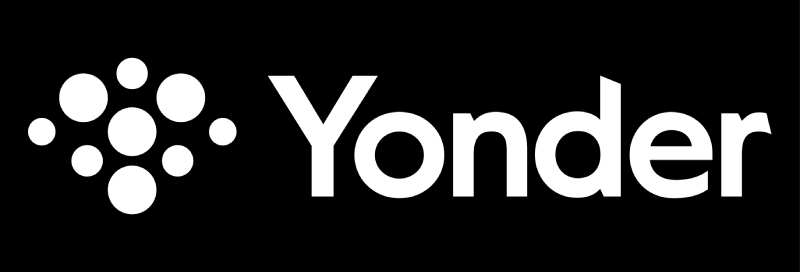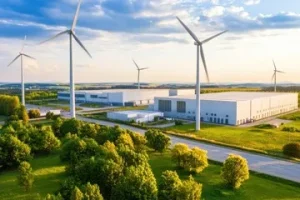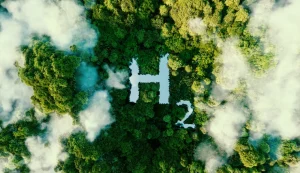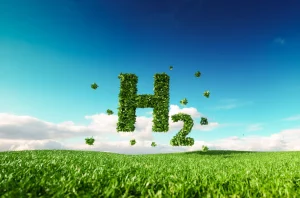Water Electrolysis for Hydrogen Production: The Technology Powering a Green Future
Introduction: The Pulse of the Hydrogen Revolution
Green hydrogen is no longer a distant dream—it’s fast becoming a cornerstone of our decarbonized future. But what truly drives this green energy transition behind the scenes? The answer lies in a deceptively simple process: water electrolysis for hydrogen production.
For industries, governments, and innovators invested in green hydrogen, understanding the nuts and bolts of electrolysis is crucial, whether you’re planning a large-scale hydrogen facility or exploring components like rectifiers, IGBT converters, and thyristor converters, the efficiency and reliability of your plant hinge on the electrolysis system you build.
In this blog, we’ll explore:
- What is water electrolysis for hydrogen production
- The technologies and components that enable efficient electrolysis
- Why power electronics like IGBT converters and thyristor-based rectifiers are essential
- Real-world benefits and operational considerations
- How YonderH2 supports the green hydrogen ecosystem with specialized solutions
What Is Water Electrolysis for Hydrogen Production?
At its core, water electrolysis is the process of splitting water (H₂O) into its constituent elements—hydrogen (H₂) and oxygen (O₂)—using an electric current. This method becomes “green” when powered by renewable energy like solar or wind.
There are several types of electrolysers, such as:
- Alkaline Electrolysers – Mature, cost-effective, commonly used in industrial applications.
- PEM (Proton Exchange Membrane) Electrolysers – More compact and responsive to power fluctuations, making them ideal for renewable-powered setups.
- SOEC (Solid Oxide Electrolysis Cells) – High-temperature systems offering greater efficiency but still in development phases for commercial use.
But here’s where things get interesting—while the science is well-known, the performance of electrolysers heavily depends on the quality of DC power they receive.
Why DC Power Quality Matters More Than You Think
Electrolysers operate on direct current (DC), but most renewable or grid power sources provide alternating current (AC). This is where power conversion technology steps in. Converting AC to clean, stable DC requires a well-optimized network of transformers, rectifiers, and converters.
If the incoming DC isn’t consistent, efficient, and tailored to the electrolyser’s needs, problems arise:
- Increased energy losses
- Component overheating
- Reduced hydrogen yield
- Higher operational costs
That’s why investing in robust and reliable DC power electronics is not optional—it’s essential.
The Power Electronics Behind Efficient Electrolysis
1. Transformers: The Voltage Optimizers
Before the current can even be rectified, it needs to be stepped up or down to the right voltage level. Converter transformers are designed to adapt voltage while ensuring insulation and phase-shifting support for harmonic reduction.
At YonderH2, specialized converter transformers are built specifically for green hydrogen applications. These transformers minimize energy loss and provide consistent output to match electrolyser loads, enabling long-term operational efficiency.
2. Rectifiers: From AC to Usable DC
The rectifier takes AC power and converts it into direct current. In hydrogen production, where precision is critical, thyristor-controlled rectifiers are often used. These allow controlled DC output, which helps optimize the electrolysis reaction rate while protecting sensitive components.
The rectifier takes AC power and converts it into direct current. In hydrogen production, where precision is critical, thyristor-controlled rectifiers are often used. These allow controlled DC output, which helps optimize the electrolysis reaction rate while protecting sensitive components.
To learn more about how these systems are implemented, YonderH2 offers thyristor-based rectifiers that are finely tuned for the demands of water electrolysis.
3. IGBT Converters: Precision Power Control
When high-frequency and high-efficiency conversion is needed, IGBT (Insulated-Gate Bipolar Transistor) converters step in. These converters are capable of delivering precise DC with minimal ripple, ensuring the electrolysers work at peak efficiency under varying loads.
IGBT converters also improve system responsiveness, particularly in renewable-powered electrolysis systems where power availability fluctuates. Their compact design, low maintenance, and high efficiency make them ideal for green hydrogen applications.
Real-World Impact: Efficiency and Sustainability
Let’s talk numbers—modern electrolysers can achieve efficiencies between 65–80%, depending largely on the stability and quality of the DC power supplied. With optimized power conversion systems, these efficiencies can be further enhanced while significantly reducing maintenance and downtimes.
Additionally, high-performance power electronics reduce harmonics and thermal losses, both of which are critical in industrial hydrogen plants that operate 24/7.
Additional Insight: Cooling and Safety Considerations
Power components like transformers and converters generate heat during operation. If not managed properly, thermal stress can degrade performance or even damage electrolysers. That’s why incorporating liquid or forced-air cooling systems and redundant safety layers is critical.
YonderH2’s power electronics are designed with thermal management and operational safety in mind, ensuring long service life with minimal risks
Why Choose YonderH2 for Hydrogen Power Electronics?
- Tailored Engineering: Products designed for hydrogen production, not just retrofitted industrial systems.
- High Reliability: Built with industrial-grade materials for continuous operation.
- Efficient Design: Optimized for minimal losses, better control, and energy savings.
- Support & Service: End-to-end technical support for integration, operation, and scalability.
Whether you need an advanced IGBT converter, a customized rectifier, or a high-efficiency transformer, YonderH2 delivers solutions aligned with your green hydrogen goals.
FAQs
1. How much DC voltage is typically required for water electrolysis?
Depending on the electrolyser type, DC voltage can range from 1.8V to 2.2V per cell, but large systems need hundreds or even thousands of volts delivered through customized rectifier setups.
2. Can IGBT converters be used in all types of electrolysers?
Yes, especially in PEM electrolysers, where fast response to load variation is essential. Their efficiency also makes them suitable for fluctuating renewable power sources.
3. What’s the difference between IGBT and thyristor converters?
IGBT converters provide faster switching, higher frequency, and better efficiency, while thyristors are better for heavy-duty, constant-load systems that require controlled voltage.
4. How often do rectifiers or converters require maintenance?Well-designed units can run for years with minimal service, especially if properly cooled and protected. YonderH2 systems are designed with low-maintenance architecture.
5. Are these power electronics compatible with off-grid or hybrid setups?
Absolutely. YonderH2’s converters and transformers can be customized for hybrid systems, enabling smooth integration with solar, wind, or battery backup systems.
Final Take: Powering the Green Future, One Component at a Time
Water electrolysis for hydrogen production is only as good as the power system driving it. The path to green hydrogen is not just about clean electricity—it’s about converting that energy in the cleanest, most efficient way possible.
By leveraging expertly designed power electronics, hydrogen plants can reduce inefficiencies, lower costs, and improve output. And that’s exactly what YonderH2 enables—cutting-edge converters, rectifiers, and transformers purpose-built for your hydrogen journey.
Ready to power your electrolysers the right way?
Let’s talk about building your green hydrogen system with YonderH2.
